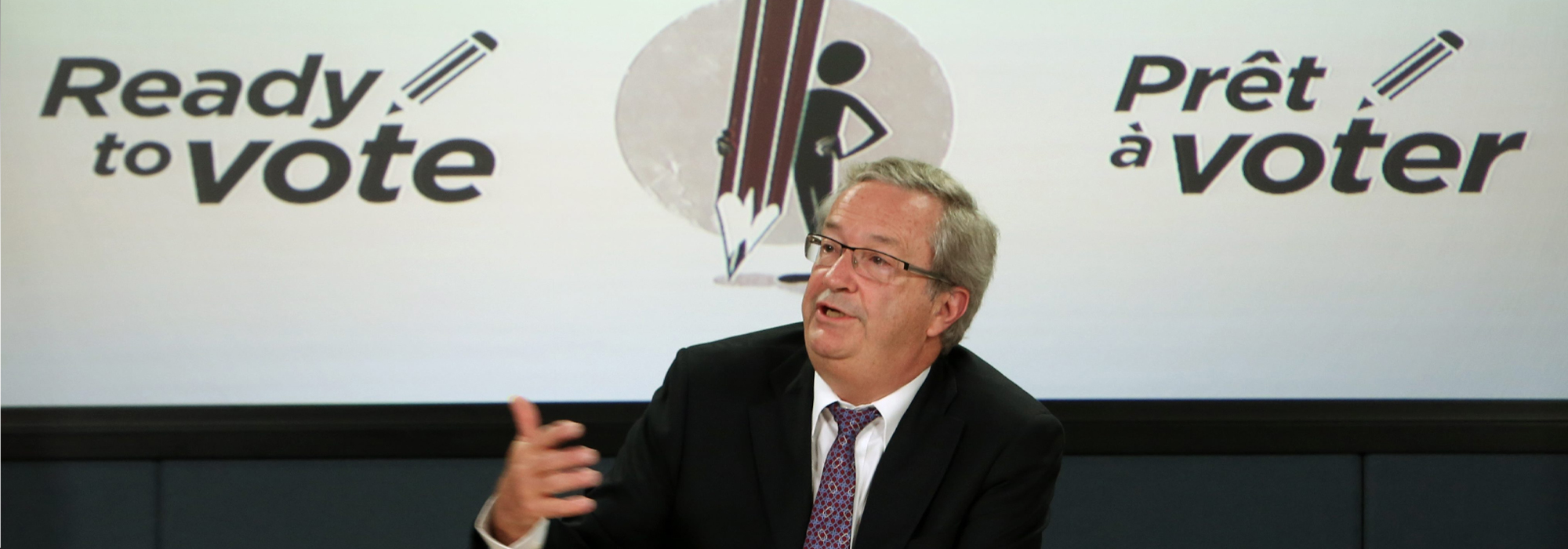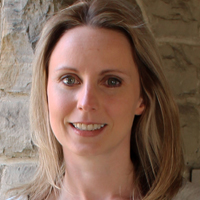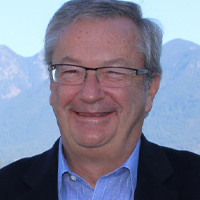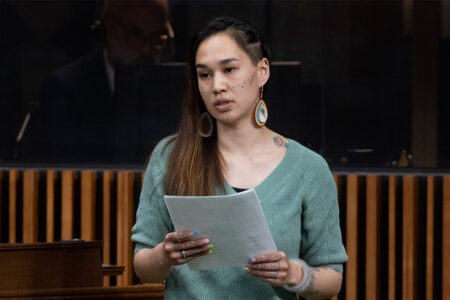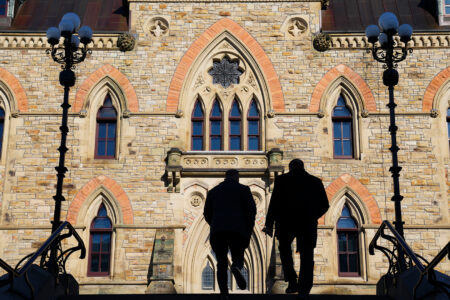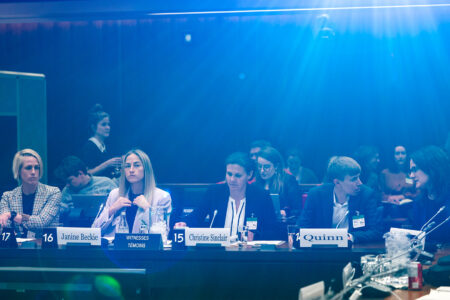
Although Canadians tend to focus on political parties and candidates during an election campaign, the work of another important set of actors – election administrators – is often overlooked. Yet their efforts to improve voter accessibility, ensure compliance with campaign finance laws, and more recently, confront the threats of cyber-attacks and disinformation serve to ensure free and fair elections for Canadians.
Administering federal elections is the task of Elections Canada, led by the Chief Electoral Officer (CEO), who is an officer of Parliament, appointed through a resolution of the House of Commons and politically independent, working at arms-length from government. Elections Canada and the CEO administer elections and referenda, implementing and ensuring compliance with election laws handed down by Parliament. Elections Canada is an administrative agency staffed entirely by non-partisan civil servants including lawyers, policy analysts, auditors, administrative and technical staff. Their role includes registering political parties and candidates, conducting by-elections and the rare referendum.
They also coordinate the monitoring and auditing of party and candidate spending and donations and, broadly speaking, ensure that campaign actors comply with the Canada Elections Act and other relevant election laws. They also ensure that the machinery of an election – from balloting to deploying the materials required so millions of Canadians can vote – reaches each of the country’s 338 ridings. More than 235,000 temporary election workers, including polling clerks and returning officers, are involved in an election.
The CEO advises Parliament in determining fair and enforceable rules for elections. The CEO’s job is akin to that of a deputy minister – the most senior unelected official in a federal department – who reports on election-related issues to the Speaker of the House, and appears before parliamentary committees that deal with electoral matters. CEOs are typically drawn from the civil service and have a history of public administration and management experience within government. To preserve their neutrality and independence, they are not permitted to vote in federal elections and, as of 2014, they are limited to a 10-year non-renewable term.
Authority of Elections Canada and the CEO are set in the Canada Elections Act. This was created in 2000 and is routinely updated by Parliament to address changes to the campaign environment and to reflect government preferences toward how elections should be run. Subsequent electoral legislation has changed campaign finance laws, voter identification rules, and the responsibilities and permitted activities of the CEO. Elections Canada has seen its duties expand and contract, depending on the government in power.
An evolving mandate
The CEO and Elections Canada work in two periods: the election campaign and the inter-election period. Between campaigns, Elections Canada and the CEO perform routine electoral administrative duties, such as maintaining the National Register of Electors and encouraging voting by ensuring that both polls and information about the vote are accessible. Elections Canada also has some limited duties around candidate nominations and leadership contests, such as monitoring compliance with election financial laws. The agency also organizes educational outreach campaigns to improve public knowledge about elections.
Much time is spent monitoring and auditing financial contributions to parties in accordance with the Elections Act. Political parties and riding associations submit periodic financial reports while candidates only report following the election. Campaign finance violations are investigated by either the Commissioner of Elections, regarding the Elections Act; or, the RCMP, concerning the Criminal Code violations.
Elections Canada also issues public statements about election laws related to spending or advertising. These may appear routine and administrative, but can be perceived as controversial, as any exercise of rules may have implications for campaign actors. In 2019, for example, the CEO assured environmental groups they would not be violating the Elections Act by publishing calls to fight climate change, despite comments by People’s Party of Canada leader Maxime Bernier. Here, it became essential for Elections Canada to clarify that advocacy groups could speak freely about issues that have a political dimension without being perceived as campaigning.
The mandate of Elections Canada and the CEO has evolved in recent years to include enhanced physical accessibility to the polls, provision of election data through an online portal, research into voting and campaign innovations (e.g. online voting, digital advertising) and increasing outreach to youth, Indigenous communities, new Canadians and individuals with disabilities who have traditionally voted in low numbers. Elections Canada and the CEO have worked with Parliament to monitor the digital transmission of information as it relates to voting and to counter cyber threats to our electoral system.
After the writ is dropped
The careful stages of planning and laying groundwork for a free and fair election get pushed into overdrive when the campaign writ is dropped. Though election dates are somewhat fixed, the parliamentary system still allows the prime minister to set out the precise timing of an election. In a minority Parliament, as is the case in early 2020, a failed confidence vote could quickly send the country back to the polls. The CEO’s independence from Parliament means the office doesn’t have advance knowledge of election timing; instead, the CEO and Elections Canada must respond to an election call at a moment’s notice.
During this time, the CEO operates mostly behind the scenes. The constituency-level returning officers carry out most Election Day duties and Elections Canada’s staff deal with legal questions as well as public and media inquiries. Arguably, the measure of the agency’s success is how little attention is paid to the CEO and the team during the campaigns, as this signals few disruptions to the election. Yet, challenges arise all the time. These could be minor (e.g. a misprint on a voter card) or major (e.g. misinformation about voting times and locations). Just before the 2019 election campaign, for example, CEO Stéphane Perrault addressed requests and a Federal Court directive to review an election date change because of a conflict with the Jewish holiday of Shemini Atzeret. This was a rare occasion where a CEO intervened publicly during the campaign. No change was made to the election date.
Elections Canada and the CEO lead critical planning exercises to prepare for any incident or disruption at the polls. That could include poor weather, challenges with infrastructure, security threats or barriers to access. During the campaign, Elections Canada trains and deploys small teams to handle incidents or inefficiencies in the system. Historically, there have been few incidents at the polls but threats to personal security, such as concerns following the 2014 attack on Parliament Hill, are taken seriously.
Most concerns during a campaign are merely procedural. Elections Canada performs an internal risk assessment of each riding to determine where it might expect higher-than-average administrative issues. These could include a high number of voters without identification, voters who are highly mobile (e.g. young people, students, those with no fixed address) or ineligible voters. The CEO’s staff is in constant communication with returning officers in the ridings to address these issues, particularly on Election Day.
The changing landscape of campaign advertisements is a new challenge. Historically, the Broadcast Arbitrator appointed by the CEO ensured parties had equal access to purchase ad time. Today, televised advertising is only one small part of the campaign backdrop. Partisan advertising has evolved from traditional means (billboards, radio and print ads) to modern approaches (social media, targeted online advertising). Campaign teams today are adept at using digital media, automated-calling, and other resource-efficient means to tailor messaging to specific populations. The CEO, with Parliament, is now considering if, how, and to what extent to regulate new technologies.
New challenges
Similarly, the CEO faces new challenges to ensuring fair and open elections. Since the mid-2010s, campaigns have increasingly become a target for actors who seek to disrupt the outcome of election, either directly or indirectly. Election administrators must be aware of threats from anonymous sources related to misdirecting voters with respect to dates, times and locations of polls. They must cultivate the technical expertise to counter risks, such as hacking, tampering with information or misdirecting the public on election procedures. However, to maintain its non-partisan nature, Elections Canada has a limited role in the mis/disinformation wars waged across western democracies. Meanwhile, the government and Elections Canada are putting in place measures to fight attacks to Elections Canada’s internal systems and databases. In 2019, this included working with the new Security and Intelligence Threats to Elections (SITE) task force. SITE brought together as partners the Communications Security Establishment (CSE), the RCMP, the Canadian Security Intelligence Service (CSIS) and Global Affairs Canada.
The rise in threats to the integrity of democratic elections has been noted worldwide, stemming from debate about the extent to which foreign entities meddled in the 2016 United States presidential election. Elections Canada’s mandate does not include following up on partisan or policy disinformation. However, threats to campaign integrity can be referred to a new Critical Election Incident Public Protocol, comprised of five senior level non-political government officials. Leading up to the 2019 federal election campaign, Elections Canada increased resources to counter cyberattacks. Staff monitored social and digital media, as well as its own internal systems, to prevent the distribution of inaccurate information about date, location and voter eligibility. Such threats help explain why a cautious approach has been taken concerning online voting. Efforts to combat poor quality information have also involved large social media companies including Twitter.
The future of elections brings serious questions for the public, government and academics about how technology in campaigning and advertising may affect voter deliberation and election outcomes, in addition to core matters of personal freedom. Such developments have and will continue to put election administrators in a sometimes controversial spot. Yet, Elections Canada is a longstanding institution with decades spent cultivating expertise. Such institutions tend to be resilient. Thus, despite governments’ changing preferences, expect Elections Canada and the Chief Electoral Officer to remain influential in the evolution of our electoral democracy.
This article is part of The Insider’s View Behind the Scenes of Election Campaigns special feature.




